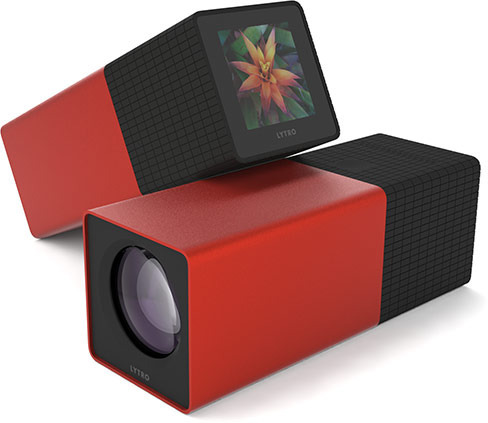Computer-enhanced resolution
In Rome's Revolution, OMCOM's first attempt at building a virtual camera is severely limited by the number of star-probes. He resorts to using algorithms to clear up the image after the fact by computing what it ought to look like rather than just taking the images as they appear:

Rei watched the large view screen and saw some pixelation on the forward surface of the tug. “Is that it?” he asked.So, am I making this stuff up? Can a camera really change the focus of an image after the fact? Answer: yes. The camera is called the Lytro camera and it records images in a different way. It stores the entire field of view rather than a 2D image. This means you can focus on a section or refocus on a different section whenever you want. Lytro calls them "living pictures". You should click on this link to see the camera in action. It is pretty cool!
“Yes.” OMCOM said.
The view rotated until the virtual camera was now facing Skyler’s World. The detail was fuzzy at first, but then it improved until it was fairly clear.
“What’s going on?” Rei asked.
“Since the human eye can only resolve 30 frames per second, I am interleaving larger dispersal jumps to simulate higher resolution below the level of detectability. I am also using an interpolation algorithm to further increase the apparent resolution of the virtual camera,” OMCOM said.
Suddenly, the image began to zoom in at almost dizzying speed until they could no longer tell that they were looking at a gas giant, but instead just a crazy patchwork quilt of colors.
“What’d you do?” Rei asked.
“I increased the separation of the units by an order of magnitude,” OMCOM replied. “This increases the apparent magnification of the instrument ten-fold.”

Published on March 05, 2014 04:52
•
Tags:
action, adventure, ftl, science-fiction, space-travel, vuduri
No comments have been added yet.
Tales of the Vuduri
Tidbits and insights into the 35th century world of the Vuduri.
- Michael Brachman's profile
- 21 followers



